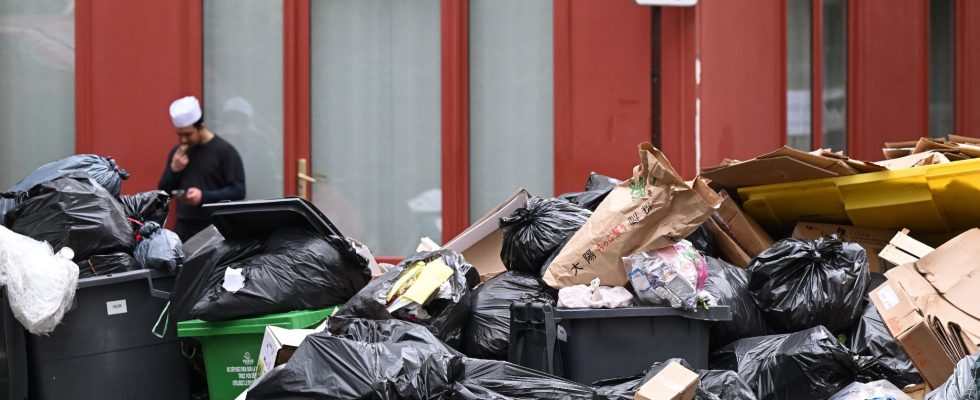It doesn’t take long to spoil a stroll through one of the most beautiful cities in the world. In one week more than 5,000 tons of uncollected waste have accumulated in the streets of Paris. A week later, this figure reached a symbolic peak of 10,000 tonnes. So many smelly nuisances that the garbage collectors’ strike highlights. Let’s not forget where these piles of garbage come from. If the sight and smells bothered us so quickly, it is also because our production of waste completely escapes us. What do we know about the residues of our consumption past the lid of the trash can? Out of sight, out of mind, household waste continues to feed incinerators (also shut down), storage sites, and of course sorting centres.
Each year, a French person produces an average of nearly 6 tons of household waste. A figure which places us in the average of European countries but which is slow to take the path of a significant drop. For ten years, the recycling of household waste has progressed, but some waste continues to grow. This is particularly the case for packaging, which constitutes approximately 20% of household waste and includes a proportion of non-recyclable plastic.
“The best waste is that which is not produced”
Apart from NGOs, few encourage us to reduce our mad production of waste, and the citizen should not be held solely responsible. Admittedly, individual behavior plays its part, and much remains to be done in improving sorting at household level. But let’s not forget the role of manufacturers, whose plastic production continues massively. In 2019, worldwide, 353 million tons of plastic waste were produced. This number could triple by 2060, according to an OECD report. Danone, Nestlé and even PepsiCo made promises in 2018 on 100% sustainable packaging by 2025, but these behemoths in the sector are already behind on their objectives, and will not be able to reach them in time.
Finally, the reduction of waste remains “thwarted by insufficient management”, as a report from the Court of Auditors published last year. Above all, a lot of communication is carried out on sorting and recycling, when the incentive to reduce waste production remains marginal. The magistrates of the Court of Auditors thus noted that the local authorities devote only 1% of the total cost of the public service of waste management to this question. “The best waste is that which is not produced”, says the formula. Let’s try to think about it before cursing while passing in front of our mountains of waste, this time clearly visible.
